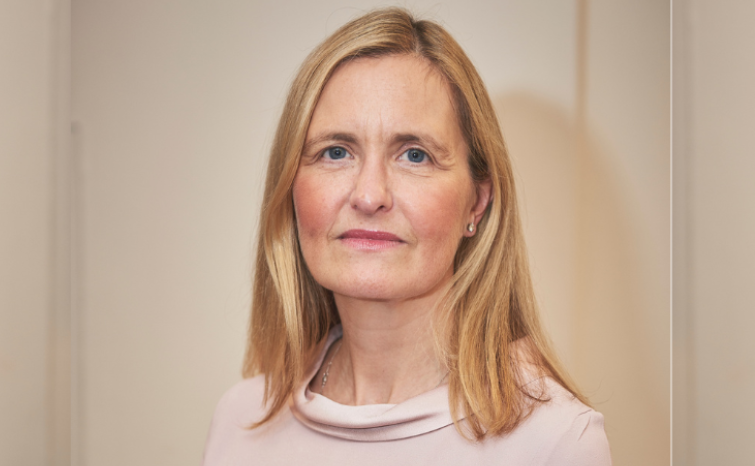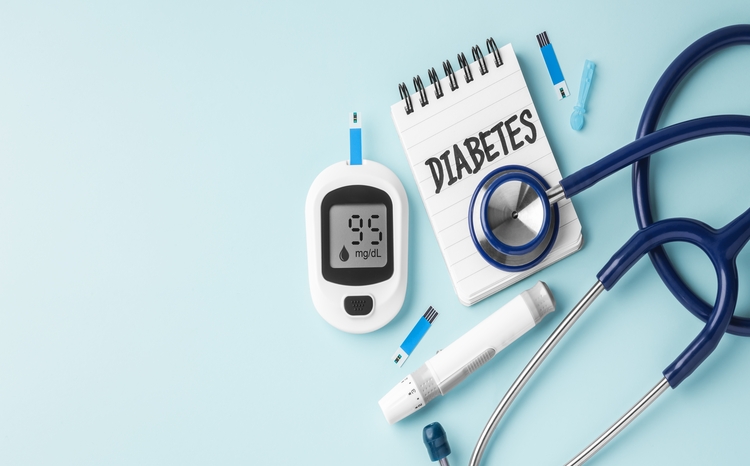National patient safety database delivers first results
- 26 July 2005
The National Patient Safety Agency has published its first report on patient safety incidents across the NHS in England and Wales using data from a new national patient safety database designed to help reduce adverse incidents and harm to patients.
The report, ‘Building a memory: preventing harm, reducing risks and improving patient safety’, has been made possible thanks to a new national incident reporting system, the National Reporting and Learning System (NRLS), developed over the past two years.
For the first time data from local clinical incident and risk management systems has been linked into a single database. The system also provides an online reporting facility for trusts without a local risk management system. By pooling this data together the NPSA now has a comprehensive picture of patient safety, can identify key trends and advise on how to design safer patient care.
Up until the end of March 2005, 85,342 patient safety incidents were reported in the NHS in England and Wales. Some 68% of these resulted in no harm to the patient, while about one in 100 resulted in severe harm or death. As a result of the report the NPSA identified anticoagulant medication; problems with patient identification; and ensuring crash call trolleys are properly equipped as priority issues.
The NRLS collects information from local risk management and incident reporting systems in NHS organisations across England and Wales. It is the first comprehensive national reporting system for patient safety incidents. Most of the data so far is from acute settings as hospital settings tend to be the main providers of reports.
Key features of the new NRLS include computerised data analysis tools to help identify potential clusters, patterns and trends. Incident data is also held in a confidential database as international research shows that patient safety incidents are usually due to failing systems rather than failing people.
The agency says that the introduction of the system is a vital step in ensuring healthcare professionals are more aware of the need to report patient safety incidents and learn from them.
Further tools provided by the NRLS are an online reporting facility for staff who can anonymously report directly to the NPSA, without going via their trust. The NPSA is also piloting an electronic form for use by patients and their carers which is due to be launched in February 2006.
Also under development is a web-based system for NHS trusts to receive feedback from the NRLS. The agency is also with international partners including NASA (in the USA) and Uppsala (in Sweden) on applying new data mining techniques to "find unsuspected relationships and summarise information from large data sets".
Dr Gilbert Smith, chair of the NPSA said: "Rolling out the successful connection of all 607 NHS organisations in England and Wales to the NRLS has not been easy. From treasury approval to connection has taken two years."
Seven suppliers of risk systems to the NHS integrated the national NPSA requirements into their systems so local NHS staff would not have to enter data twice.
Link
Building a memory: preventing harm, reducing risks and improving patient safety




